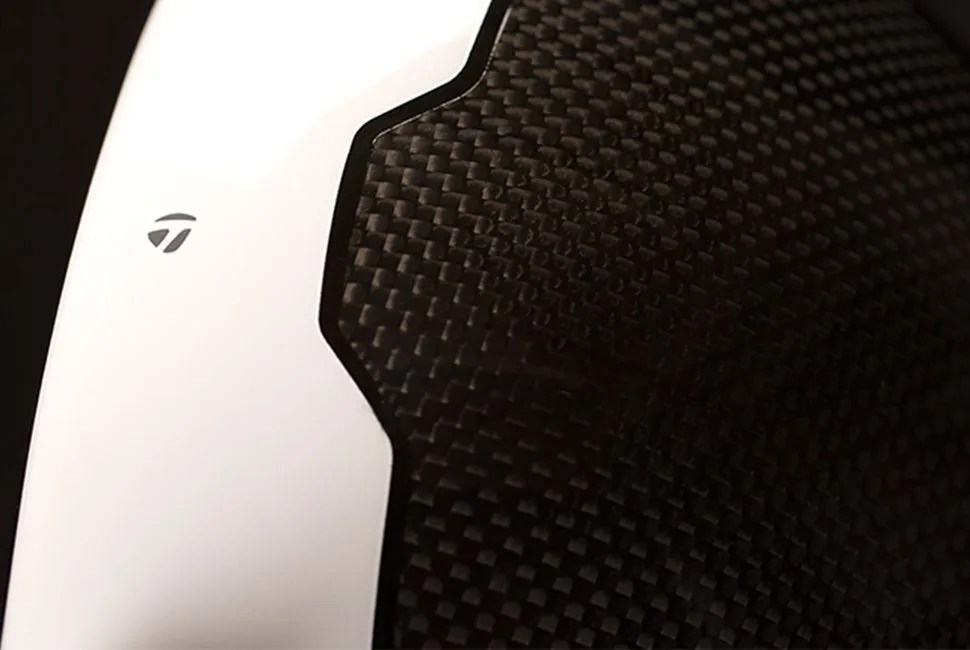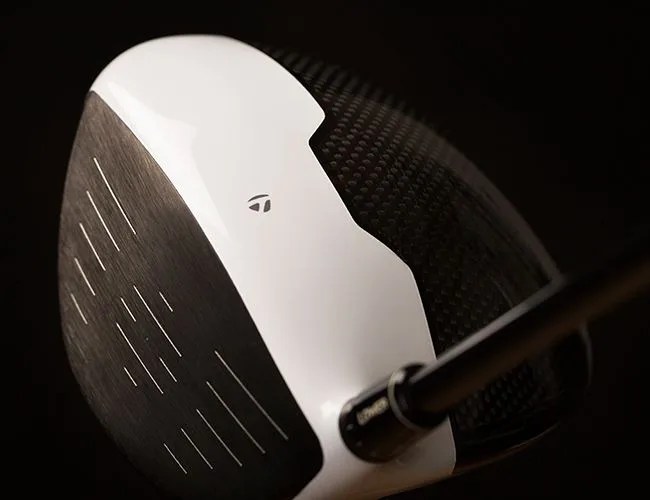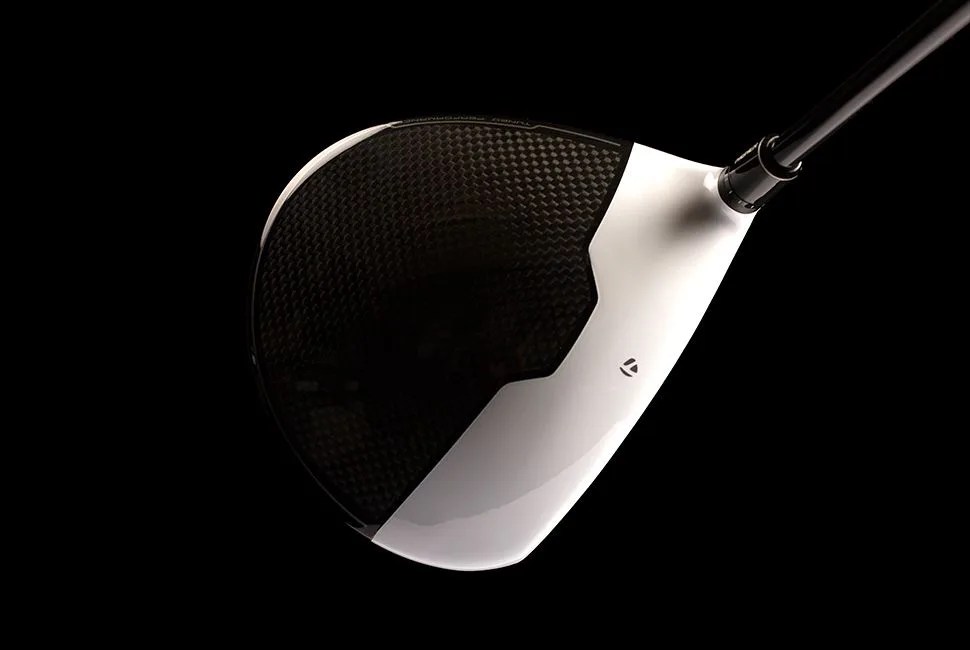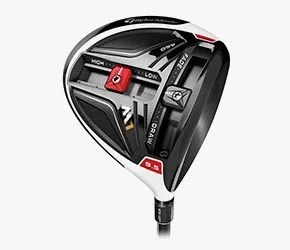3 photos
Jason Day did something unprecedented at the 2015 BMW Championship. With four tournament wins on the season, one of those being his first major at Whistling Straits, he dropped the R15 driver from his bag — the club that had helped him reach third on the Tour in driving distance — in favor of TaylorMade’s M1 driver ($500), which he’d only practiced with a few times. He won the tournament and claimed the number-one ranking in all of golf.
Since Day’s win in September, the M1 has quickly replaced its TaylorMade brethren, the R15, as the number-one driver on the PGA Tour. Golfers like Dustin Johnson, Justin Rose and, of course, Day — currently #9, #8 and #3, respectively, and, yes, all sponsored by TaylorMade — all wield the M1. Yet, what makes the M1 exciting is that it isn’t a simple update on the R15’s technology or colorways. It’s a totally new club.
The M1 is TaylorMade’s first multi-material (hence the “M”) driver, made of both titanium and carbon composite. Before, like most other companies in golf, TaylorMade was only selling titanium drivers. “We’ve been riding the titanium wave for the last 21 years, until we launched the M1 driver,” says Todd Beach, TaylorMade’s senior director of product development. Every year they’d make a thinner titanium driver, saving weight and enabling them to innovate elsewhere on the club. In 2004 they came out with the R7, their first driver with movable weight technology. In 2009 it was the R9, TaylorMade’s first driver that allowed golfers to manually change the face angle (and thus the loft) of the club. And 2012 was the year of Rocketballz, their first driver with an integrated speed pocket. With the SLDR driver and last year’s R15, Beach says they’ve been really started chasing “hot trajectory.”
Hot trajectory has three ingredients: high ball speed, high launch and low spin, a confluence that creates a penetrating ball that carries far and then really releases and rolls when it hits the ground, says Beach. It relies on getting the weight low on the club, creating a low center of gravity. However, after the R15, Beach says, they couldn’t make titanium drivers any thinner, meaning they couldn’t get the weight any lower. The only way to improve was to switch materials. Fortunately, TaylorMade had been working with carbon composite for the past decade — they just hadn’t implemented it in any of their drivers.

TaylorMade isn’t the first company to make a composite driver. Callaway came out with the C4 driver in the early aughts, which Beach says was all composite and was a “really dead-sounding driver” with none of the spring effect on the face the titanium offers. With the M1, TaylorMade made the crown (the top of the club) out of a proprietary carbon composite, comprised of seven layers — each, Beach says, half the thickness of the typical composite layer. “We freed up so much weight with the crown that we were able to take all that weight and put it on the sole,” says Beach. “And we had enough weight left over that instead of just having one track, we could have two in the T-track configuration.”




